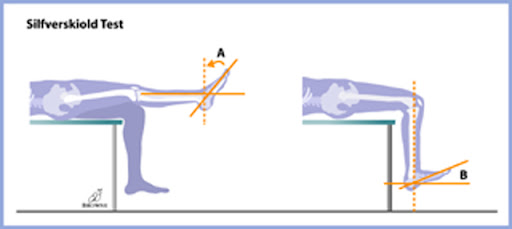Toe walking is a common concern among parents, especially when their child has been diagnosed with a neurological condition such as autism or sensory processing disorder. However, it’s essential to understand that not all toe walking is neurological in nature. In fact, most cases of toe walking are structural, caused by a short Achilles tendon.
Let’s explore the differences between neurological and structural toe walking and introduce a simple test you can do at home to help determine the cause of your child’s toe walking.

The Myth: Toe Walking is Neurological
Many parents are told that their child’s toe walking is a result of a neurological condition, such as autism or sensory processing disorder. While it’s true that some children with these conditions may exhibit toe walking, it’s not always the case. In fact, the majority of toe walking cases are structural, not neurological.
The Fact: Most Toe Walking is Structural

Structural toe walking is caused by a short Achilles tendon, which limits the range of motion in the ankle and forces the child to walk on their toes. This type of toe walking is not related to neurological conditions and can often be treated with conservative methods or, in some cases, surgery.
The Structural Culprit: Short Achilles Tendon
In many children with autism, sensory disorders, and non-verbal conditions, toe walking is caused by a short Achilles tendon. This structural issue limits the range of motion in the ankle, forcing the child to walk on their toes. Unfortunately, because of the child’s neurological condition, this structural problem is often overlooked, and the child may not receive the proper treatment they need.
The Silfverskiöld Test

So, how can you tell if your child’s toe walking is neurological or structural? Dr. Mikkel Jarman, a pediatric podiatrist at Pediatric Foot & Ankle, recommends using the Silfverskiöld test. This simple test can be performed at home and can help determine the cause of your child’s toe walking.
While you can do this yourself at home, we do encourage you to consider scheduling a virtual consultation with Dr. Jarman where he can help you perform it during the consult.
To perform the Silfverskiöld test yourself at home, follow these steps:
- Have your child sit on a chair or the edge of a bed with their feet dangling.
- Gently push your child’s toes up towards their shin. If the ankle can bend beyond 90 degrees, the Achilles tendon has a normal range of motion.
- Next, have your child lie on their stomach with their feet hanging off the edge of the bed.
- Again, gently push your child’s toes up towards their shin. If the ankle can bend beyond 90 degrees in this position, but not when sitting, the Achilles tendon is tight, indicating structural toe walking.

Don’t Let Toe Walking Hold Your Child Back
If your child has autism, a sensory disorder, or a non-verbal condition and exhibits toe walking, it’s essential to have their gait evaluated by a pediatric podiatrist like Dr. Jarman. By uncovering the true cause of their toe walking and treating any underlying structural issues, you can help your child take strides towards a healthier, more comfortable future.








